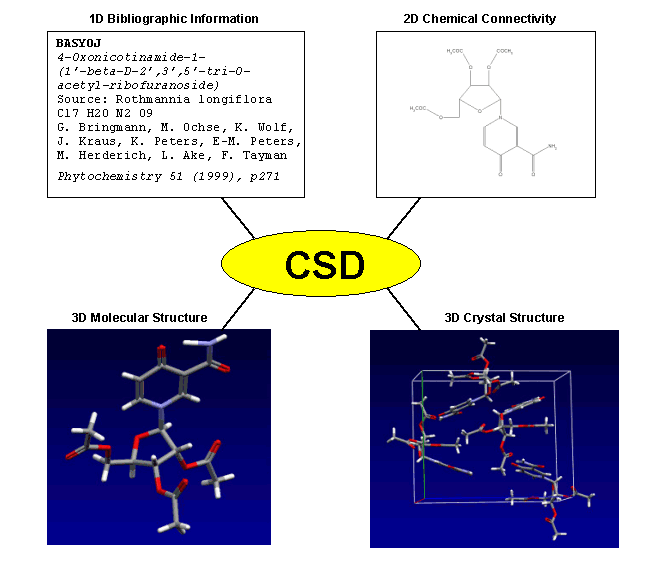 The Cambridge Structural Database (CSD) contains an enormous amount of
structural information resulting from single-crystal diffraction analyses.
Among the 250,000 compounds currently present in the database there are many
identical and isomorphous entries. However, it is plausible to expect that
the CSD contains certain more hidden structural principles, in analogy with
the systematics found for the relatively simple inorganic compounds.
The Cambridge Structural Database (CSD) contains an enormous amount of
structural information resulting from single-crystal diffraction analyses.
Among the 250,000 compounds currently present in the database there are many
identical and isomorphous entries. However, it is plausible to expect that
the CSD contains certain more hidden structural principles, in analogy with
the systematics found for the relatively simple inorganic compounds. The purpose of this project is to find isostructurality at a more general level in the CSD by using pattern recognition methods applied to powder diffraction patterns. Initial results show that there are many related structures in the CSD. This was found via sophisticated PXRD pattern comparison. The first results also show that patterns that are found to be similar show unit cell parameters that, after scaling, are very closely related. This means that the CSD could also be used to extract structural information for experimentally obtained PXRD patterns.
![[Icon: mailto Rene]](../../graphics/hypermail.gif) R. de Gelder Phone 52842
Room N4018
R. de Gelder Phone 52842
Room N4018